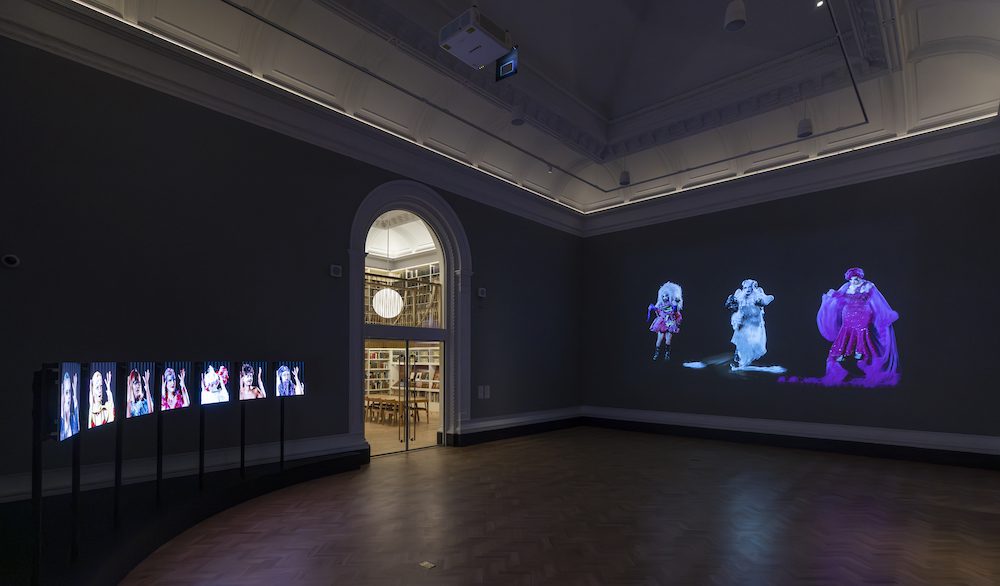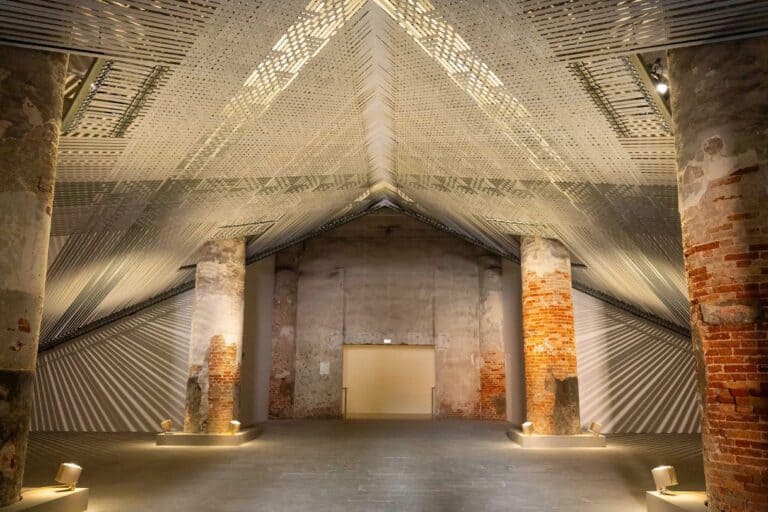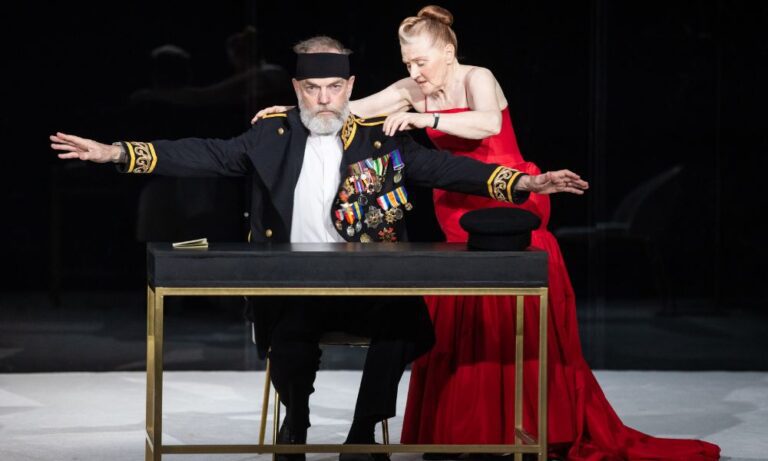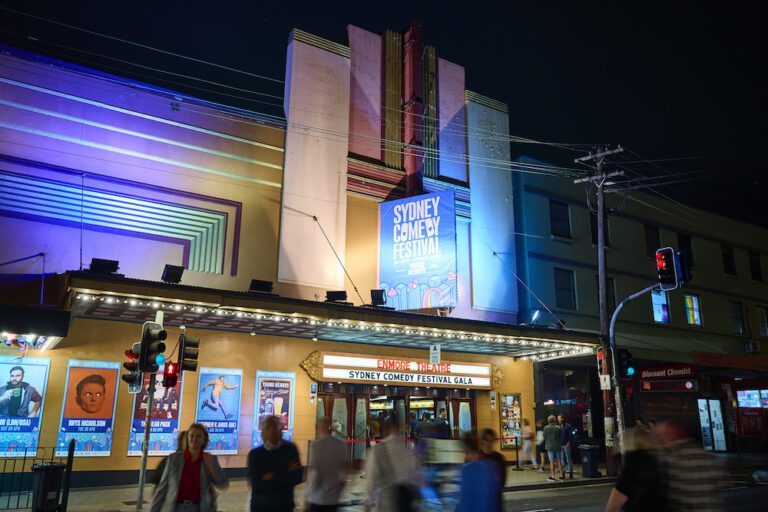The centre has the feel of a museum within a museum and is clearly designed to cultivate debate, as it also houses a dedicated reading and research room that aims to examine the relationship between photography and the book as a form of publishing. The centre’s archive has been opened to researchers and the public alike.
The centre will provide not just a new home for the V&A’s extensive photography collection (which dates back to the 19th century), it will also go some way to cementing the status of photography as a leading form of expression within contemporary visual culture.
The V&A’s new addition will, like London’s long-established Photographers’ Gallery, contribute to our understanding of the pivotal role that photography has played in reflecting on and shaping our world.
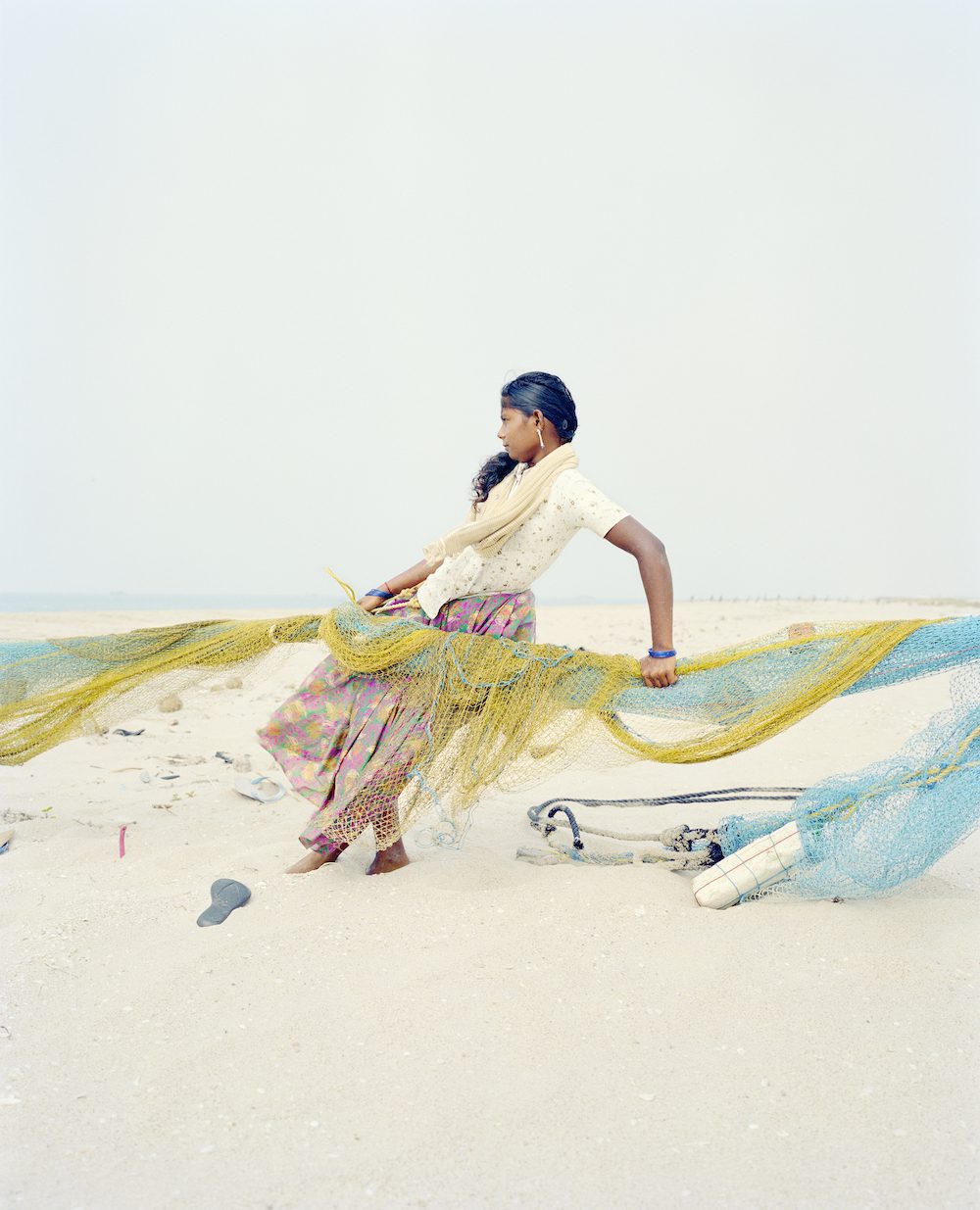
A quick tour
Sidestepping the pitfalls of categorisation by genre, the opening rooms, Photography 1840s – Now, present a more idiosyncratic curation of images. Visitors are presented with juxtaposing images under a programme of changing themes, starting with Energies: Sparks from the Collection.
The theme prompts visitors to meditate on the way the medium captures the energy of a subject in an image. It also asks them to consider the way images are manipulated through photo-chemical processes.
It will be interesting to see to what extent this approach will produce new perspectives on the diversity of images held in the V&A’s collection. Navigating darkened galleries with backlit displays, it becomes clear that these unique commissions and new acquisitions will become the site for developing knowledge of the medium – expanding notions of photographic practice by making links between historical and future techniques and processes.
The works selected for another theme, Photography Now, set a political agenda and echo pressing themes for our times: climate change, socio-political conflict, gender and identity and the legacy of colonial histories.
A foray into decolonising the canon is exemplified in the work of Sammy Baloji. In his mirror prints, fragmented images of raw copper ore float over archive photographs of the Congo’s colonial past.
Also compelling are the evocative images from Speak the Wind, Hoda Afshar’s combination of poetic landscapes and human subjects that attempt to make visible the invisible force of a mythical malevolent wind known as “Zar”. These works expose the physical and cultural traces of the Arab slave trade from Africa to the Persian Gulf.
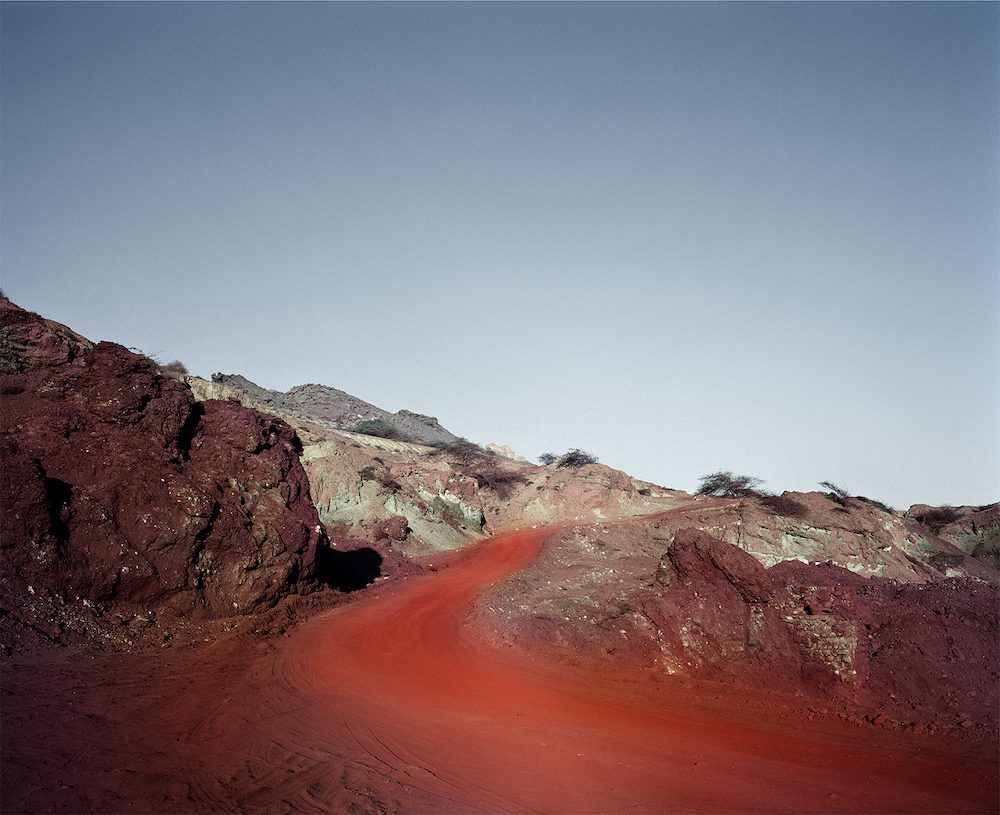
Elsewhere there is an emphasis on the fascination many contemporary photographers have with the medium itself. A number of the showcased artists create a dialogue with the past by adapting some of the earliest techniques in novel ways.
Notable are the performance self portraits by Tarrah Krajnak, who combines projected images with the cyanotype process. This is an early form of photographic printing using coated paper and light, later widely known as blueprinting. Krajnak uses it to explore personal identity in relation to Peru’s traumatic political past.
Collotypes (a 19th-century photographic-based printmaking technique) by Antony Cairns constitute a “translation” between old and new, taking images of urban spaces which are frozen on defunct e-reader(kindle?) screens and then reproducing them on paper.
It is positive to see a significant number of female photographers represented in the Photography Centre.
Vera Lutter’s unique monochrome negative of a radio telescope – inscribed directly onto light-sensitive paper through an extended period of exposure using a large pinhole camera – is a reminder that photography is inextricably linked to time through the actual processes employed (exposure times, developing, printing and so on).
Concluding these rooms is the monumental sculptural photo installation, Giant Phoenix VI, by Noémie Goudal. Her complex process explores the deep time of paleoclimatology, which reconstructs the climates of ancient history. Goudal photographs trees and then inserts scale photographs back into the real world and photographs them again.
The resulting images are then layered as fragments onto towering metal panels that, when viewed from different positions, simultaneously break up and reform the picture plane, alluding to the fragility of the image and the subject it depicts.
A huge undertaking
The photograph is deeply entangled in our contemporary experience, playing a crucial role in recording and informing our understanding of the world. Which means photography has a number of overlapping histories: as a technology of seeing, a social document and an aesthetic practice.
So how do we begin to unpick and present these interwoven histories in a way that does not leave one overshadowed by another? And how best do we present each photograph to stimulate thought and action beyond the confines of the gallery? It will be interesting to observe how the V&A’s new Photography Centre navigates these challenges now that the gallery is open to the public.
The Conversation via Reuters Connect


